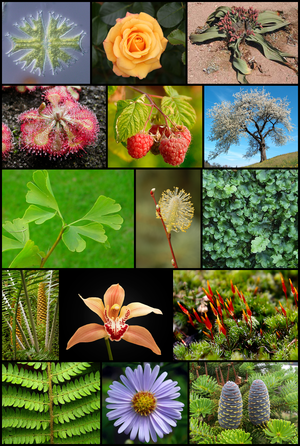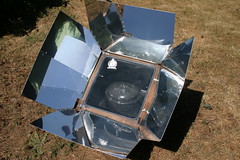 Image via WikipediaWind speed varies by and from season to season. Wind is strongest in cold-weather months when electricity demand is also at its peak, so variability tends to mirror demand.
Image via WikipediaWind speed varies by and from season to season. Wind is strongest in cold-weather months when electricity demand is also at its peak, so variability tends to mirror demand.Fortunately for the small or hobby farmer, many of the best wind sites are in remote locations. Good sites for wind farms are the tops of hills, open plains, shorelines, and mountain gaps that cause wind to be funneled through a ravine.
The states with the most wind production are Texas, California, Iowa, Minnesota, and Oklahoma. The states with the most wind energy potential are North Dakota, South Dakota, Montana, Texas, and Kansas.
North Dakota alone has the potential to produce enough wind-generated power to meet more than one-fourth of U.S. demand.
Wind farms produce no pollution, greenhouse gases or toxic wastes. Wind is renewable, reliable and efficient and now affordable. It is compatible with other land uses and can boost rural economic development for farmers who lease their land.
Wind energy offsets emissions from other energy sources. In 2006, US wind turbines offset 30 billion pounds of carbon dioxide, 76,000 tons of sulfur dioxide, and 36,000 tons of nitrogen oxides by generating clean electricity.
Even if turbine production is included in assessing wind energy's "footprint", it still has 99% less CO2 emissions than coal and 98% than natural gas.
Ready to learn more? Read the rest here














